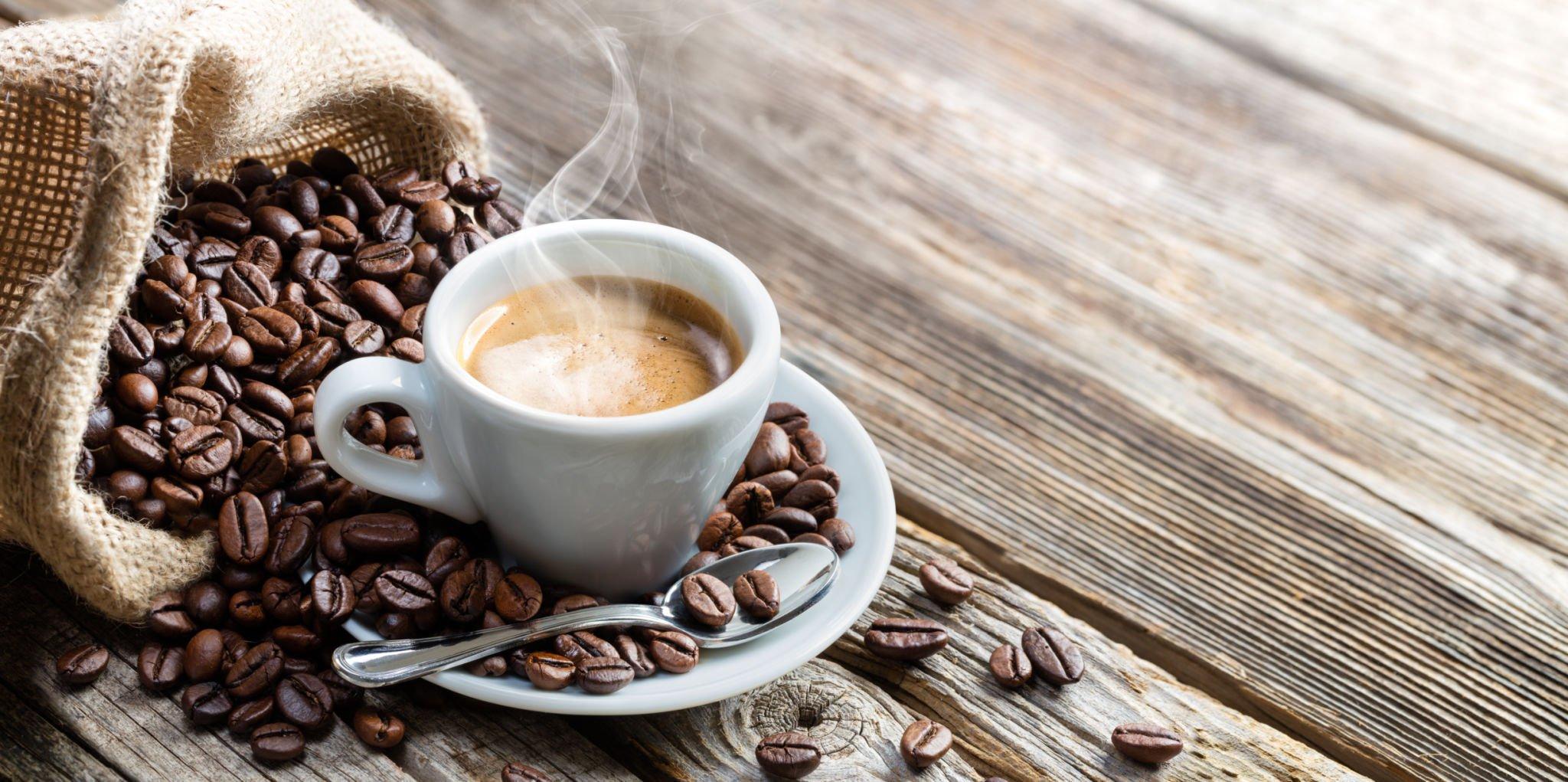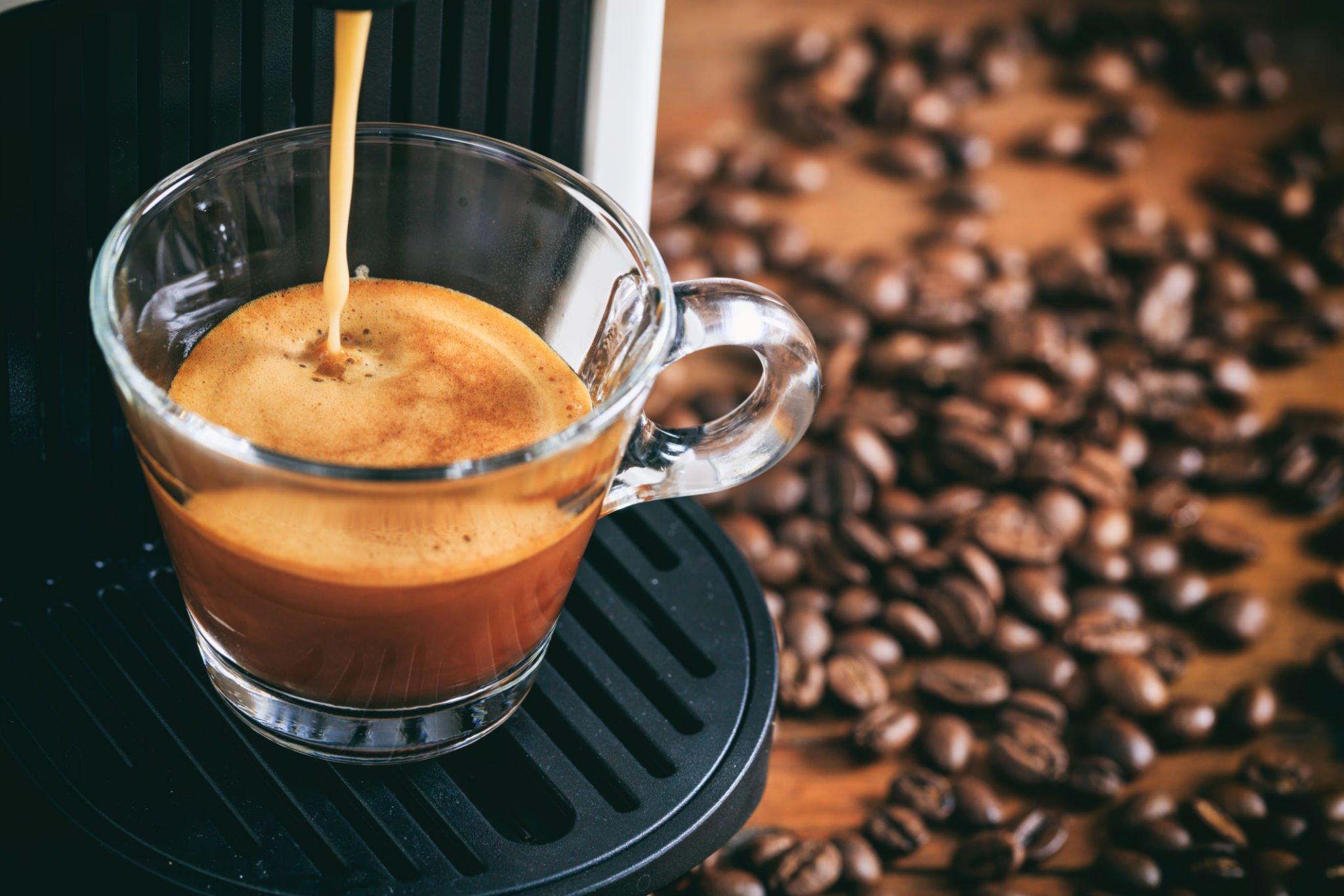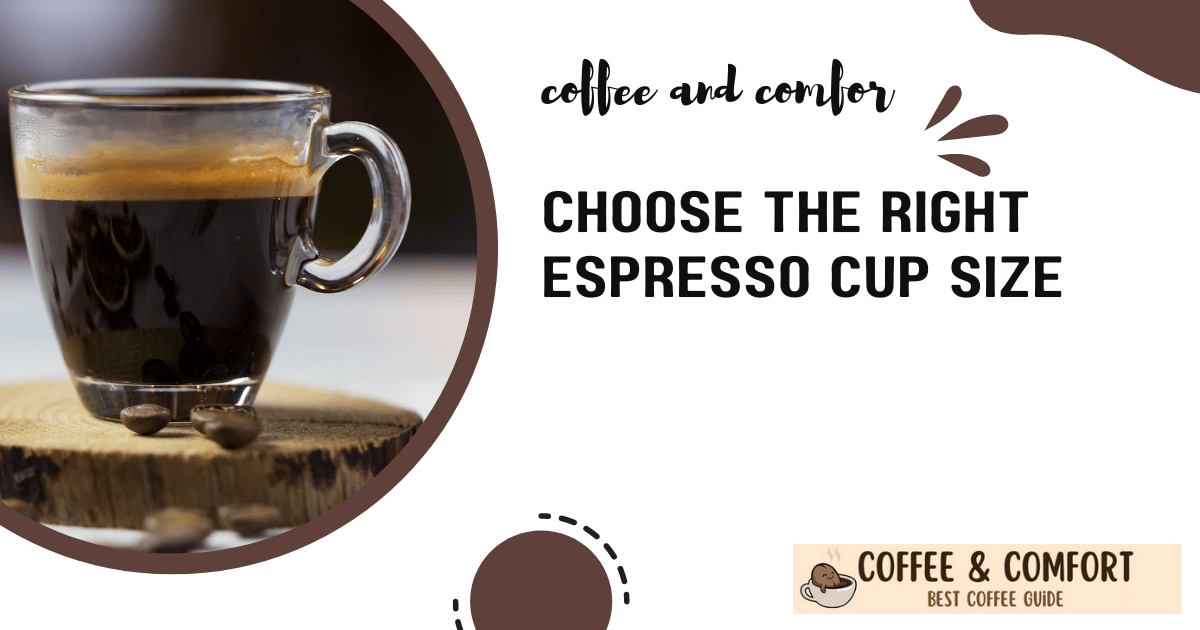Discover the perfect espresso cup size for your coffee. Get tips on sizes, styles, and more to make your coffee experience complete.
Are you looking for the perfect espresso cup size to make your coffee experience even more enjoyable? Look no further! Here, you’ll get all the tips and tricks you need to choose the right size and style for your coffee.
Whether you’re a coffee connoisseur or just getting started, you’ll be sure to find the perfect espresso cup for your needs. So, let’s get started and find the perfect espresso cup for you!
Understanding Espresso Cup Sizes
The size of an espresso cup is determined by measuring its capacity in ounces.
A standard espresso cup size is between 2 to 4 ounces, although some espresso machines offer larger cups that can hold up to 8 ounces. The size of espresso cups can range from a small size of 2 ounces to a large size of 8 ounces.
Espresso cups come in a variety of shapes, sizes, and materials, from traditional ceramic to sleek and modern glass.
Factors to Consider When Choosing an Espresso Cup
When choosing an espresso cup size, there are several factors to consider.
- The size of the cup should be based on the size of the espresso machine, the type of coffee you are brewing, and the number of people you are serving.
- also, you should consider the material of the cup, the color and design of the cup, and if the cup has an insulated handle.

Popular Espresso Cup Styles
The most popular espresso cup styles include demitasse cups, espresso mugs, cappuccino cups, and latte cups. Demitasse cups are small 2-ounce cups that are traditionally used to serve espresso.
Espresso mugs are generally 4-ounce cups and they are used to serve espresso as well as other espresso-based drinks. Cappuccino cups are slightly larger than espresso mugs and typically hold 6 to 8 ounces.
Latte cups hold 8 to 12 ounces and are used for serving lattes and other espresso-based drinks.
Benefits of Different Espresso Cup Sizes
The size of an espresso cup is important because it affects the flavor and strength of the espresso.
A smaller cup size of 2 ounces means that the espresso will be more concentrated and intense, while a larger cup size of 8 ounces will result in a milder espresso.
Additionally, larger cup sizes allow for more milk to be added, resulting in a creamier, richer espresso.
Tips for Choosing the Right Espresso Cup Size
When choosing the right espresso cup size, consider the following tips:
- Consider the serving size: Espresso cups typically range in size from 1 to 4 ounces. A standard serving size for an espresso is 1.5 ounces, so a 2-ounce cup is a good starting point.
- Think about how you like to drink your espresso: If you prefer to sip your espresso slowly, a larger cup may be more comfortable. If you prefer to drink it quickly, a smaller cup may be more appropriate.
- Consider the size of your machine: If your espresso machine has a small portafilter basket, you may want to choose a smaller cup to prevent overflow.
- Think about presentation: Espresso cups come in a variety of shapes and sizes and can make a statement on your table. So you can also choose the one that you like the most
- Pay attention to the material: Ceramic cups retain heat better than glass cups. Porcelain cups are more durable and resistant to thermal shock. Metal cups are good for keeping the coffee hot.

Frequently Asked Questions (FAQ)
Which sizes of espresso cups are available?
Espresso cups come in a variety of sizes, ranging from 1-4 ounces. The most popular sizes are 2 and 4 ounces, but there are other sizes available depending on the type of espresso you are making.
What is the best size of espresso cup to use?
The best size of espresso cup to use depends on the type of espresso you are making and the amount of coffee you want to drink.
Generally, a 2-ounce cup is best for a single shot of espresso, while a 4-ounce cup is best for a double shot.
What type of espresso cups should I use?
The type of espresso cups you use should depend on the style of espresso you are making and your personal preference. There are generally two types of espresso cups: standard and demitasse. Standard cups are larger, allowing more coffee to fit in the cup and providing more room for cream and sugar.
Demitasse cups are smaller, allowing less coffee and less room for added ingredients.
Are espresso cups reusable?
Yes, most espresso cups are reusable if they are made of ceramic or porcelain. Some espresso cups are disposable, such as paper or plastic cups, and should not be reused.
What should I consider when selecting an espresso cup?
When selecting an espresso cup, you should consider the type of espresso you are making, the size of the cup (1-4 ounces), and the material of the cup (ceramic, porcelain, paper, or plastic). Additionally, you should consider the style of the cup and the design that best suits your individual tastes.
Do espresso cups come with saucers?
Yes, some espresso cups come with saucers that can be used to catch drips and to hold other ingredients, such as cream and sugar.
Should I buy espresso cups in sets or individually?
This is a personal preference and depends on how often you drink espresso and how many people you are serving. If you drink espresso on a regular basis, then buying espresso cups in sets can be
Final Word
Choosing the right espresso cup size is essential for enjoying your coffee. With the right size and style, you can enjoy your espresso with the perfect balance of flavor and aroma. With the right tips, you can find the perfect espresso cup size for your coffee.

My name is Michael Jones, and I’m a coffee enthusiast and expert based in the US. I run my own coffee shop, and I’m passionate about everything related to coffee. On my website, Coffee and Comfort, I share my knowledge and tips to help you elevate your coffee experience. Whether you’re a beginner brewer or a seasoned barista, I have something for everyone. I’ll teach you how to choose the right coffee beans, grind them perfectly, and brew a delicious cup of coffee at home. I’ll also share tips on how to make different coffee drinks, like lattes, cappuccinos, and espressos. But more than just teaching you about coffee, I want to help you create a coffee lifestyle that you love. Coffee is more than just a beverage; it’s a way to connect with people and enjoy the simple things in life.
